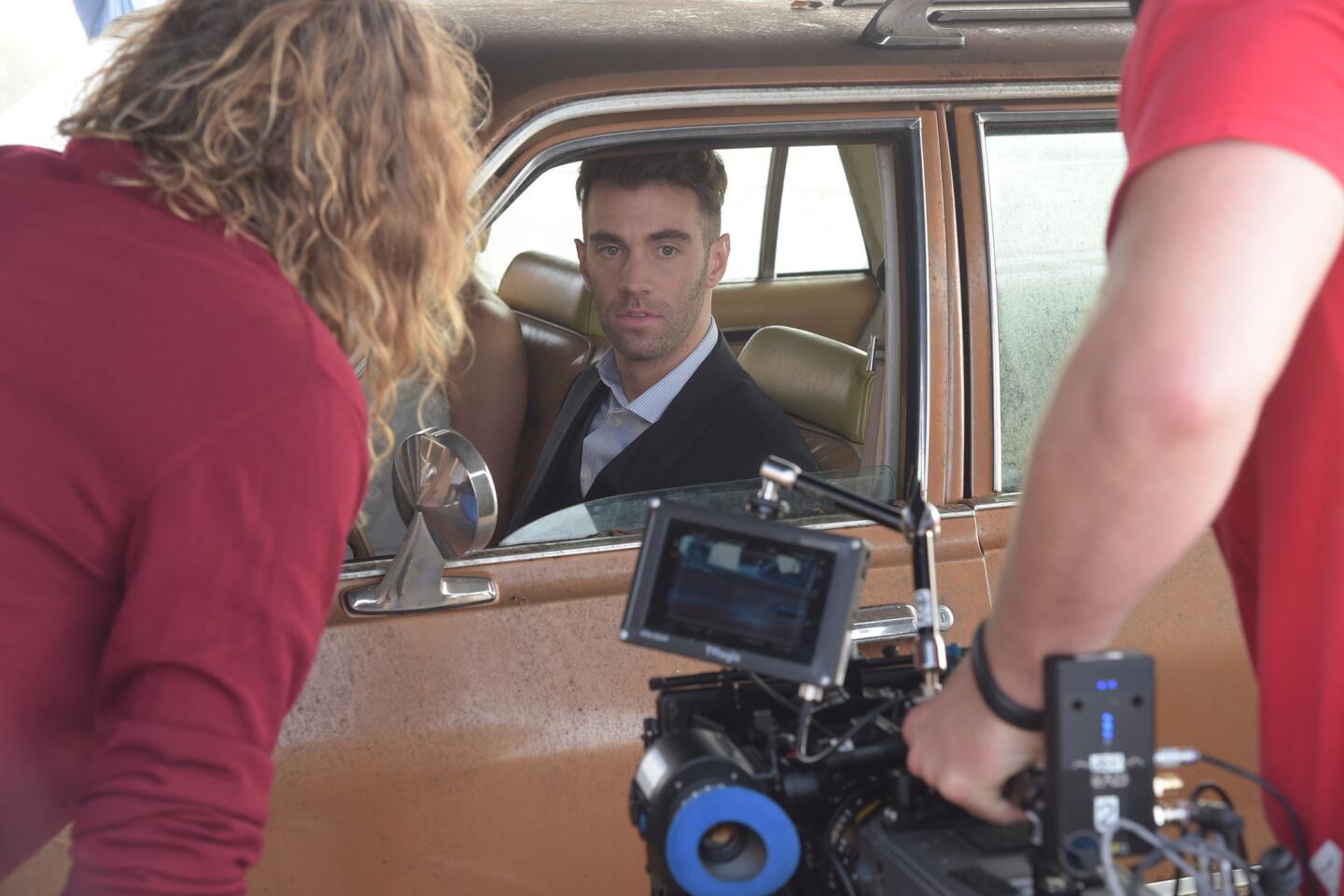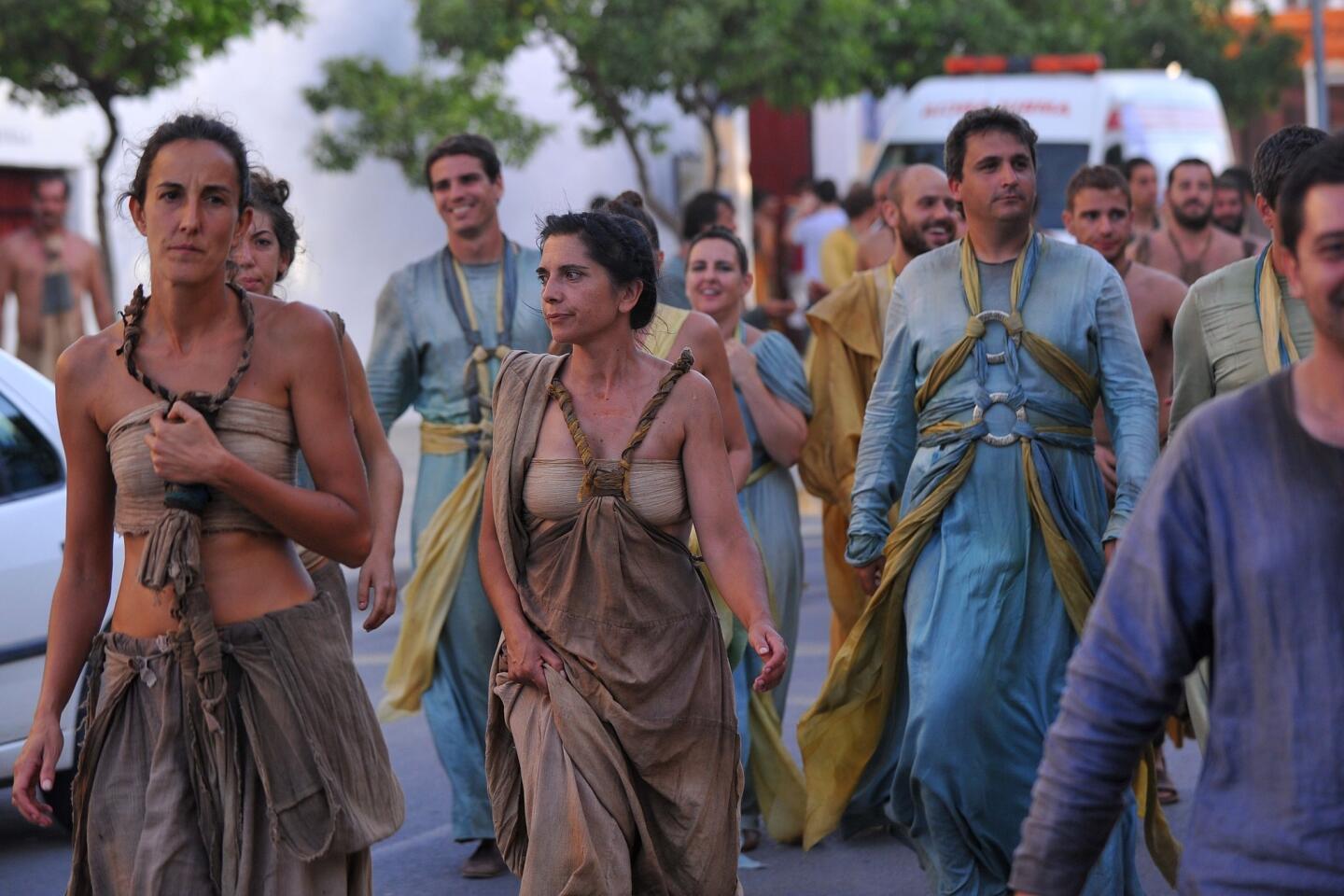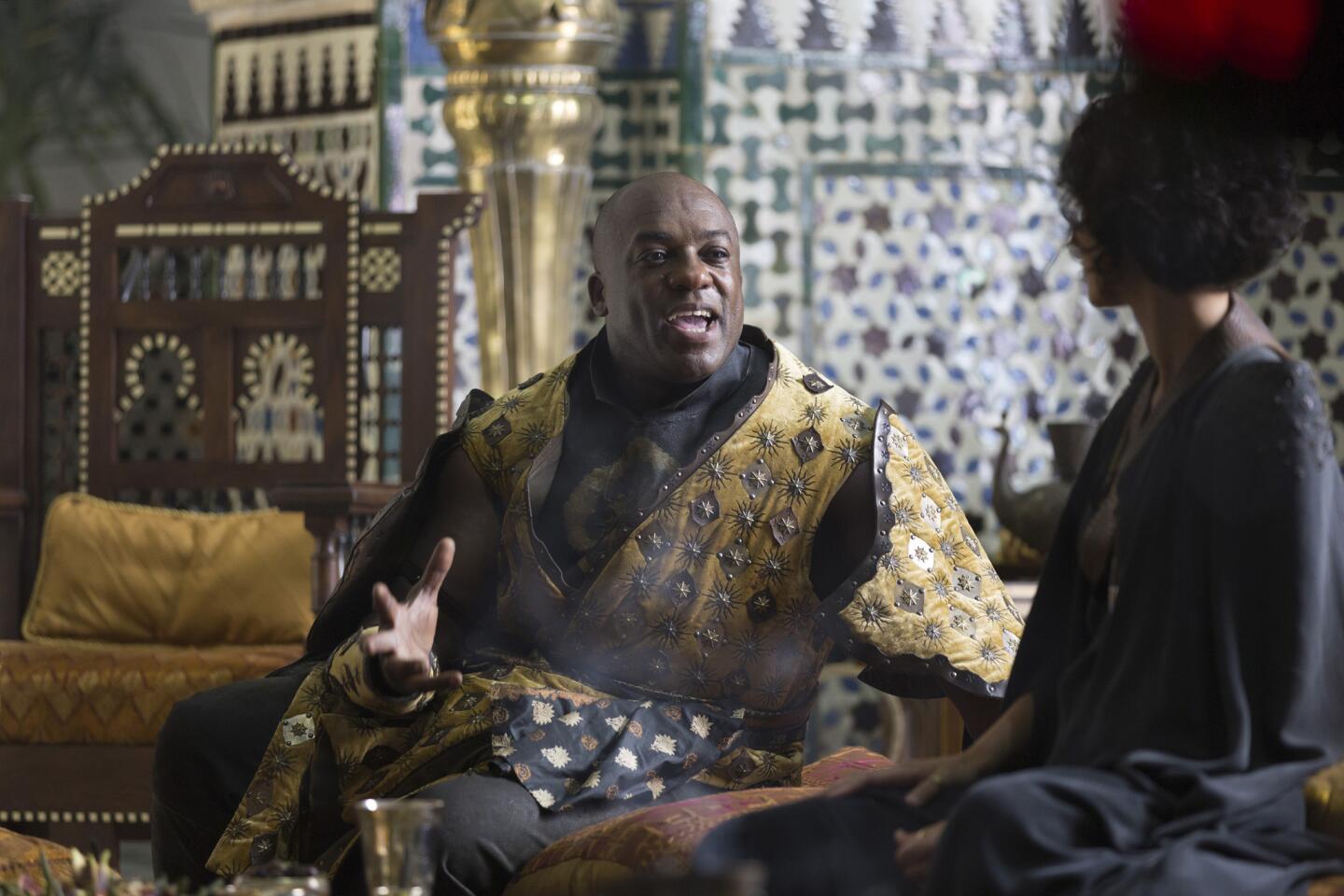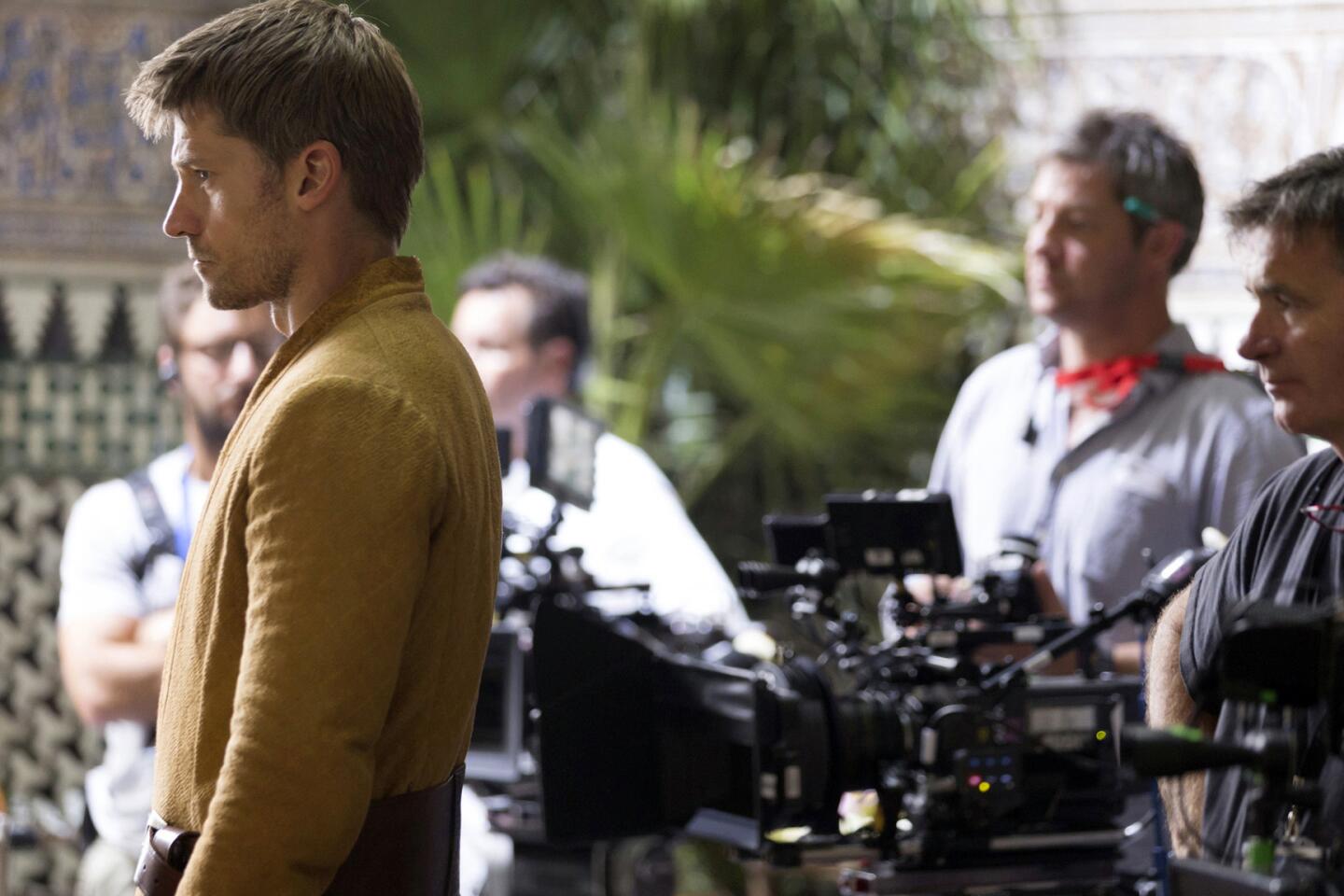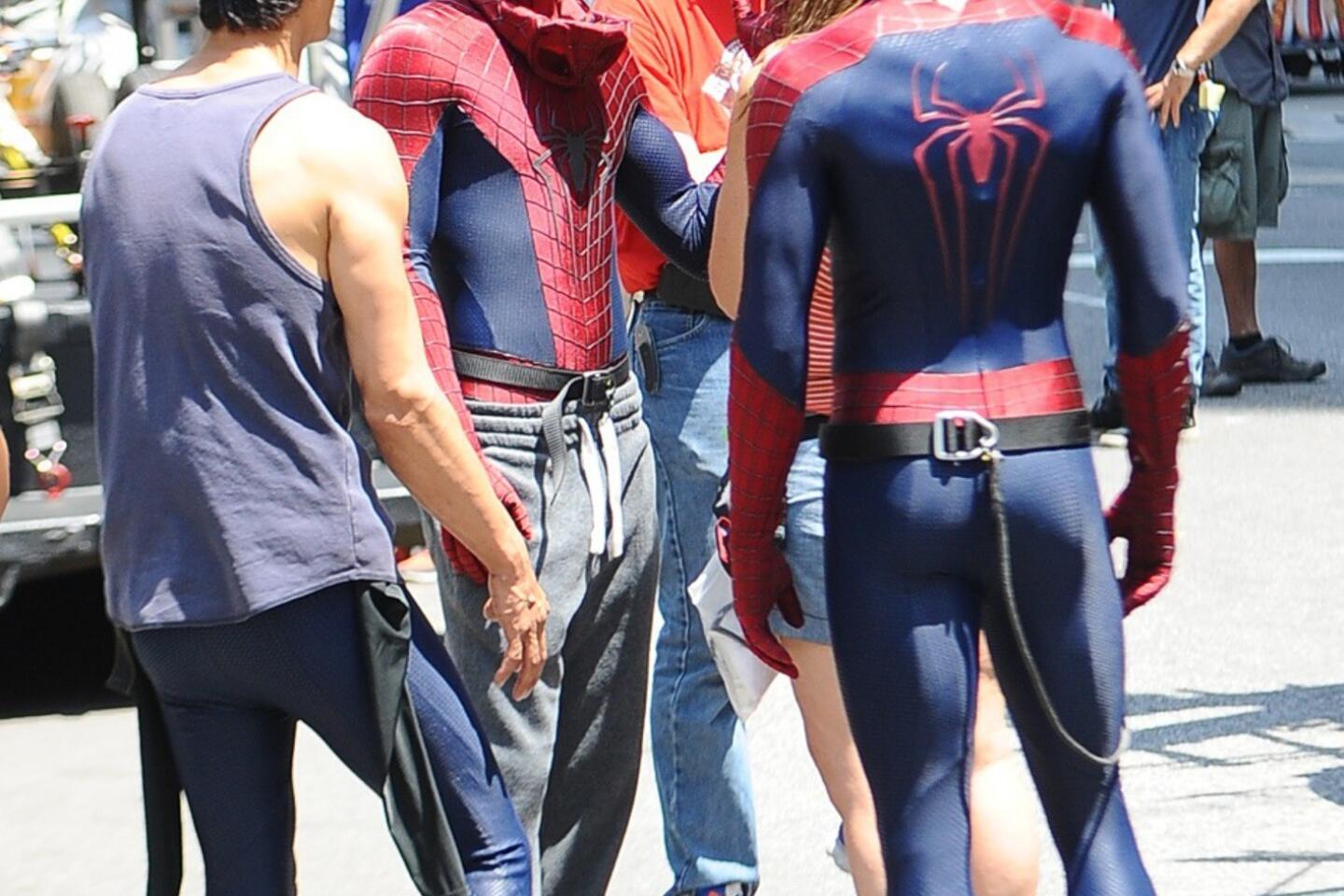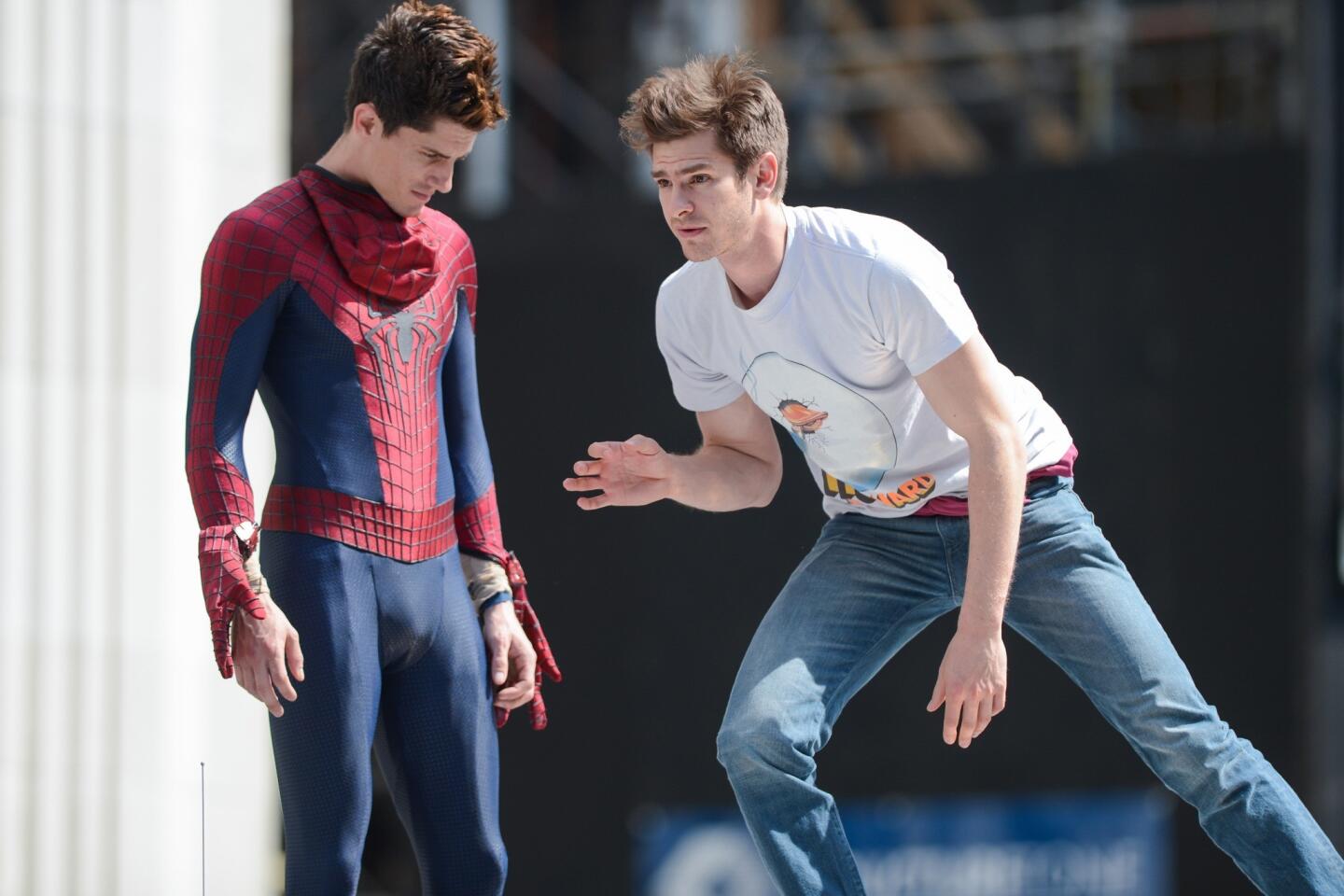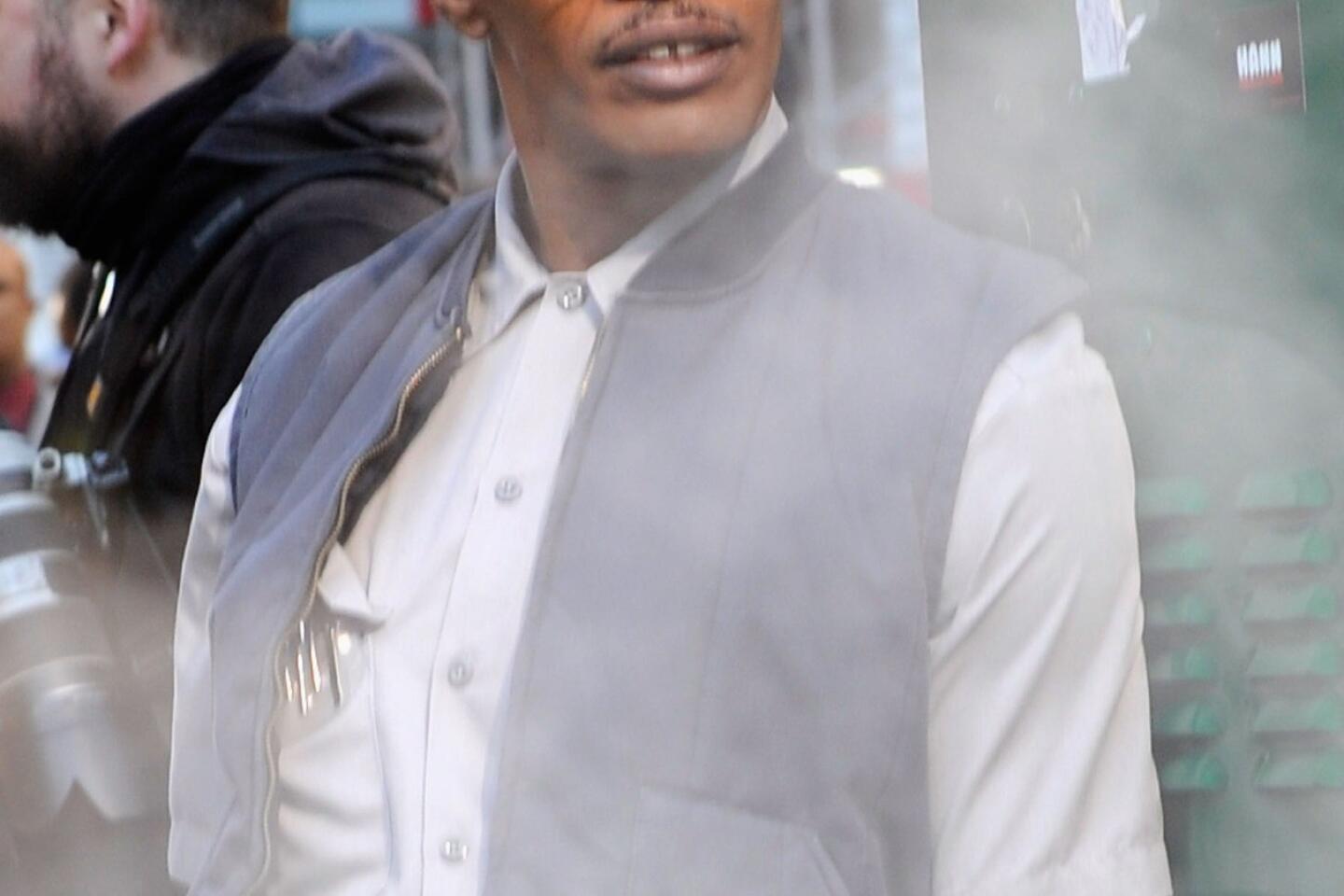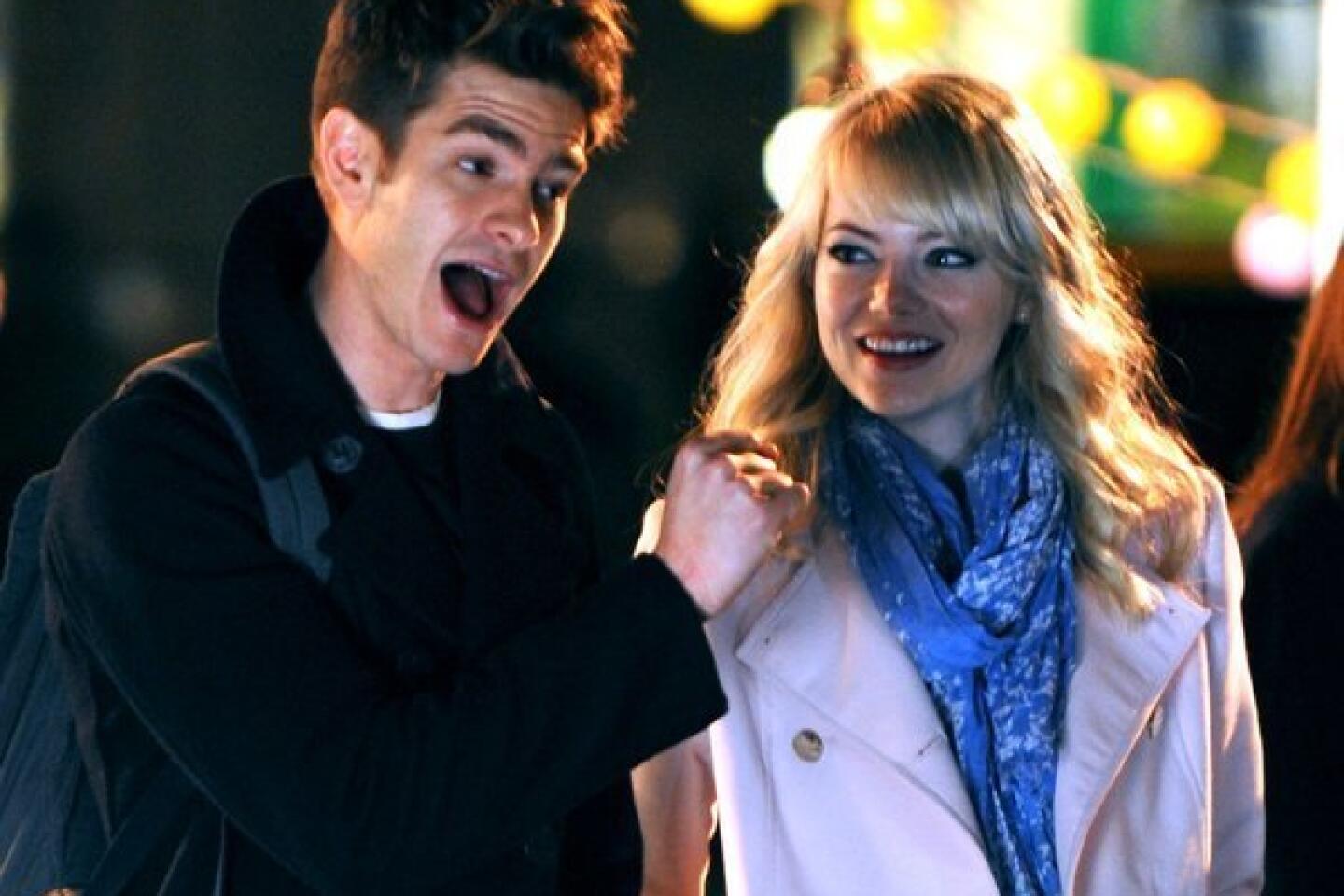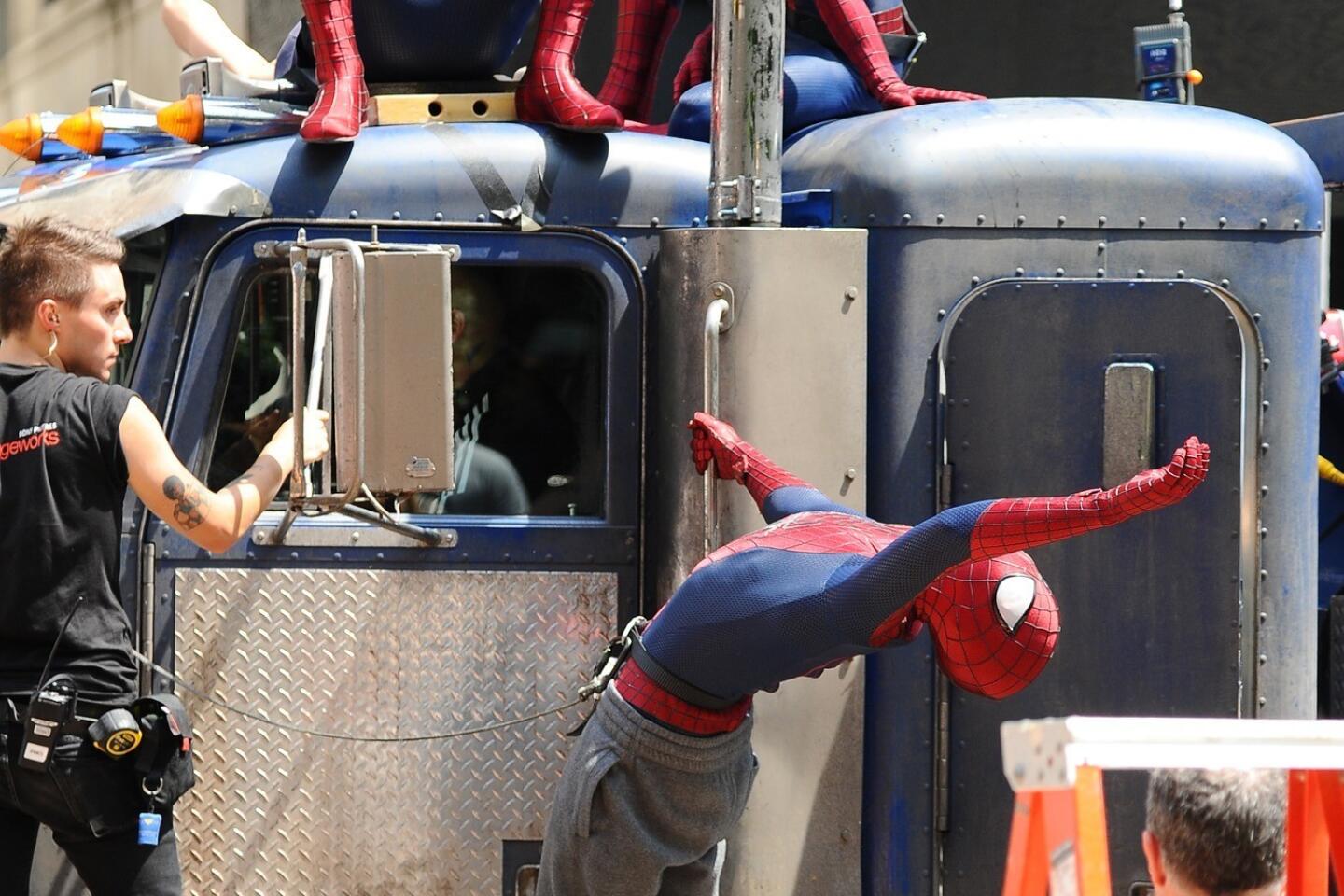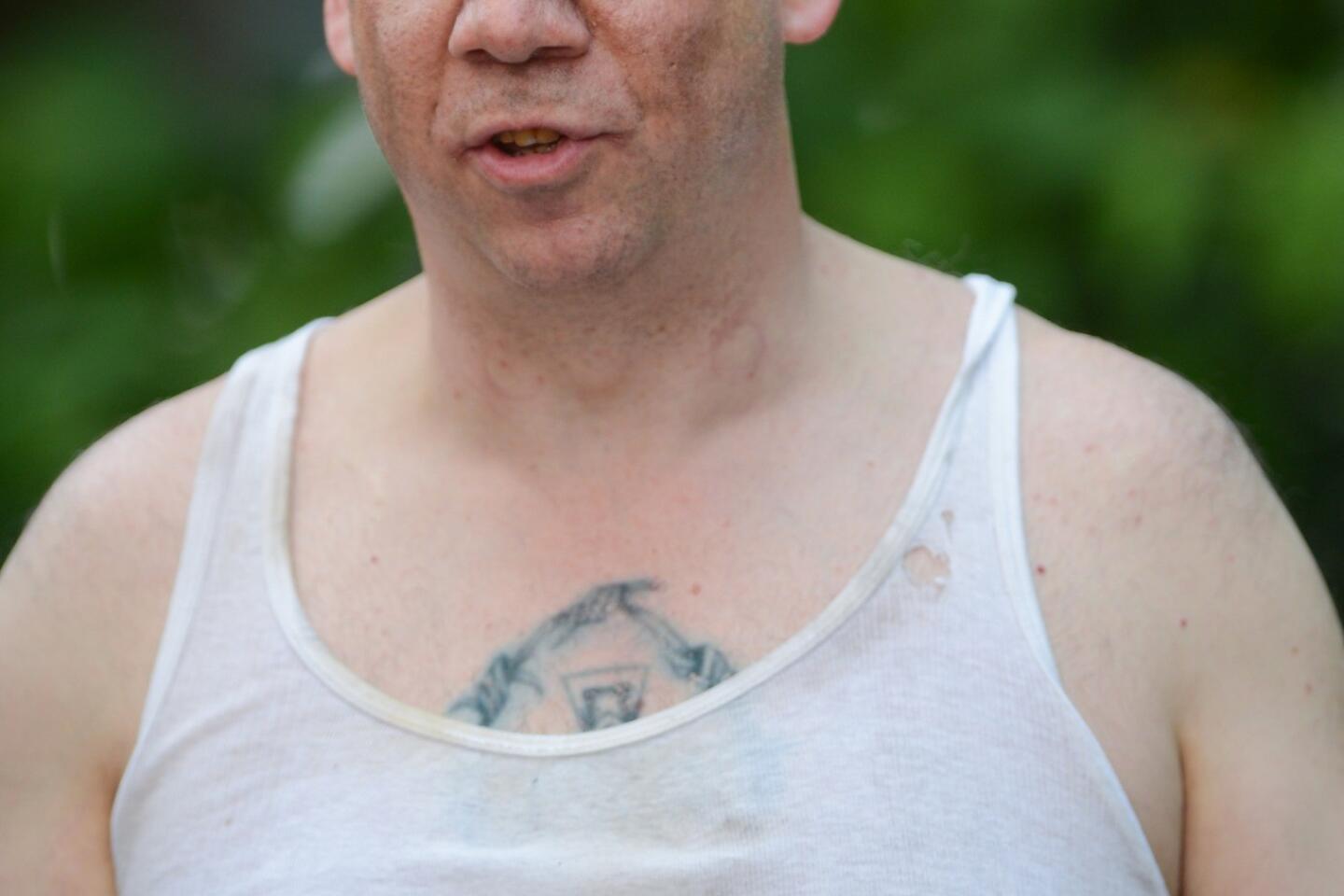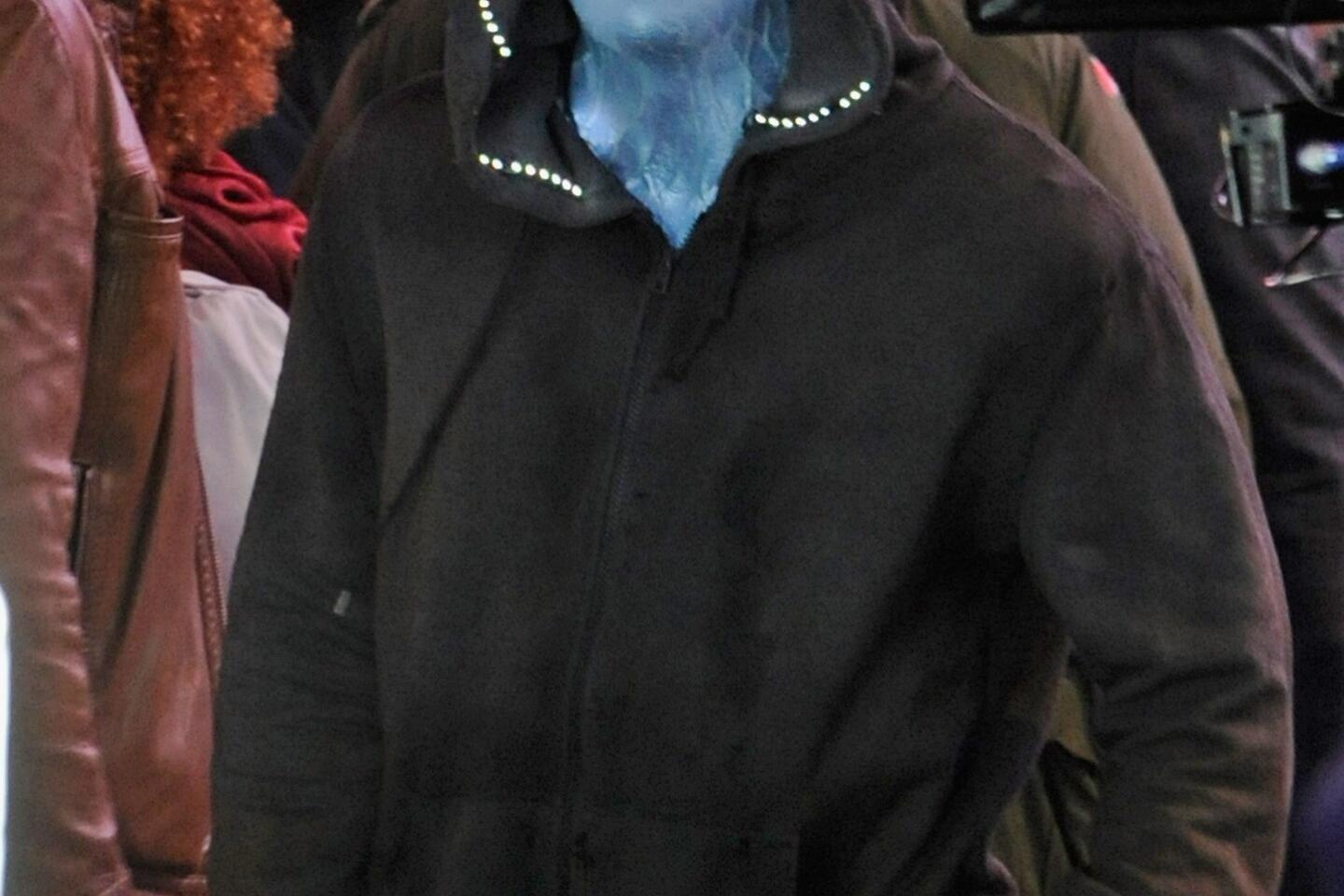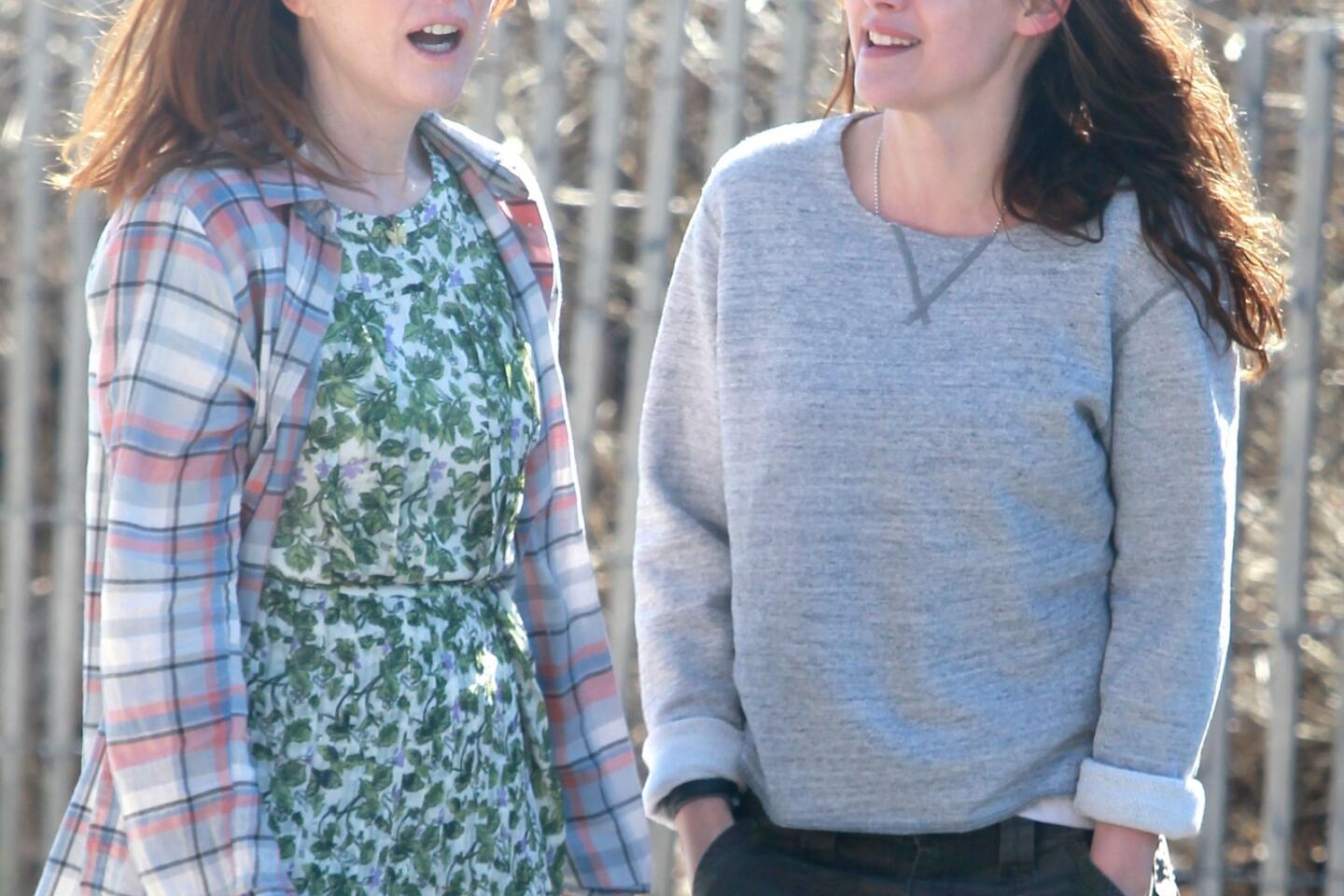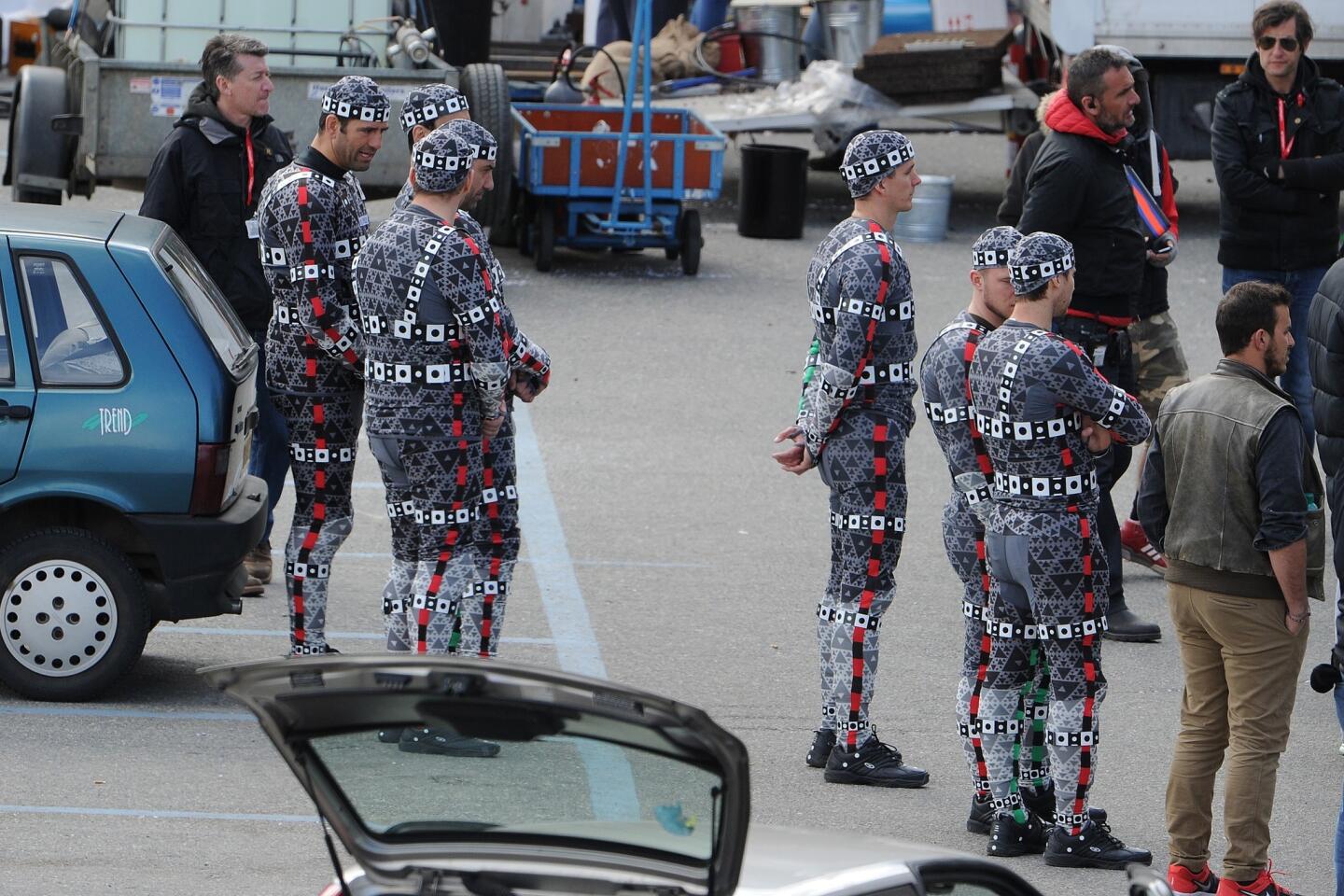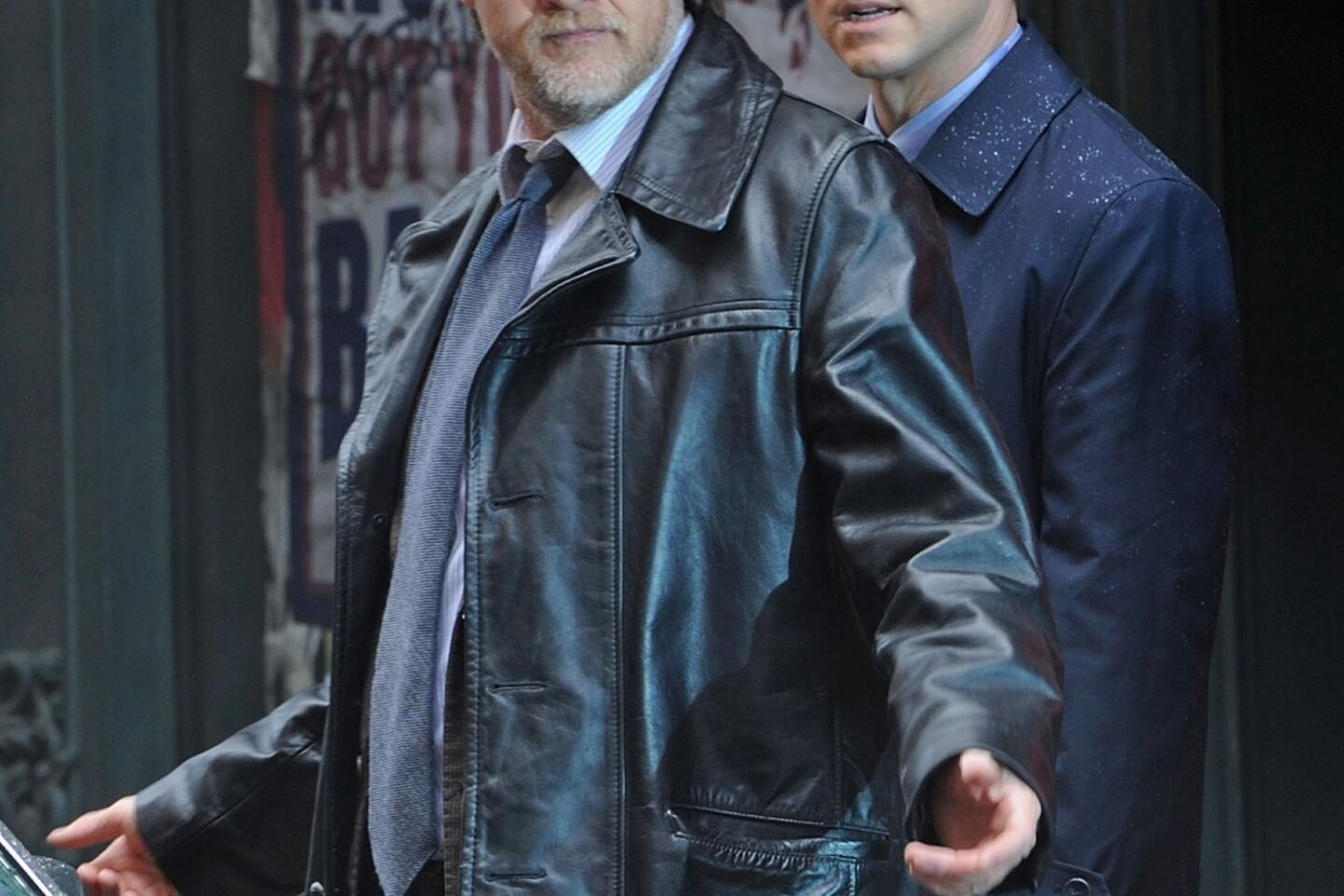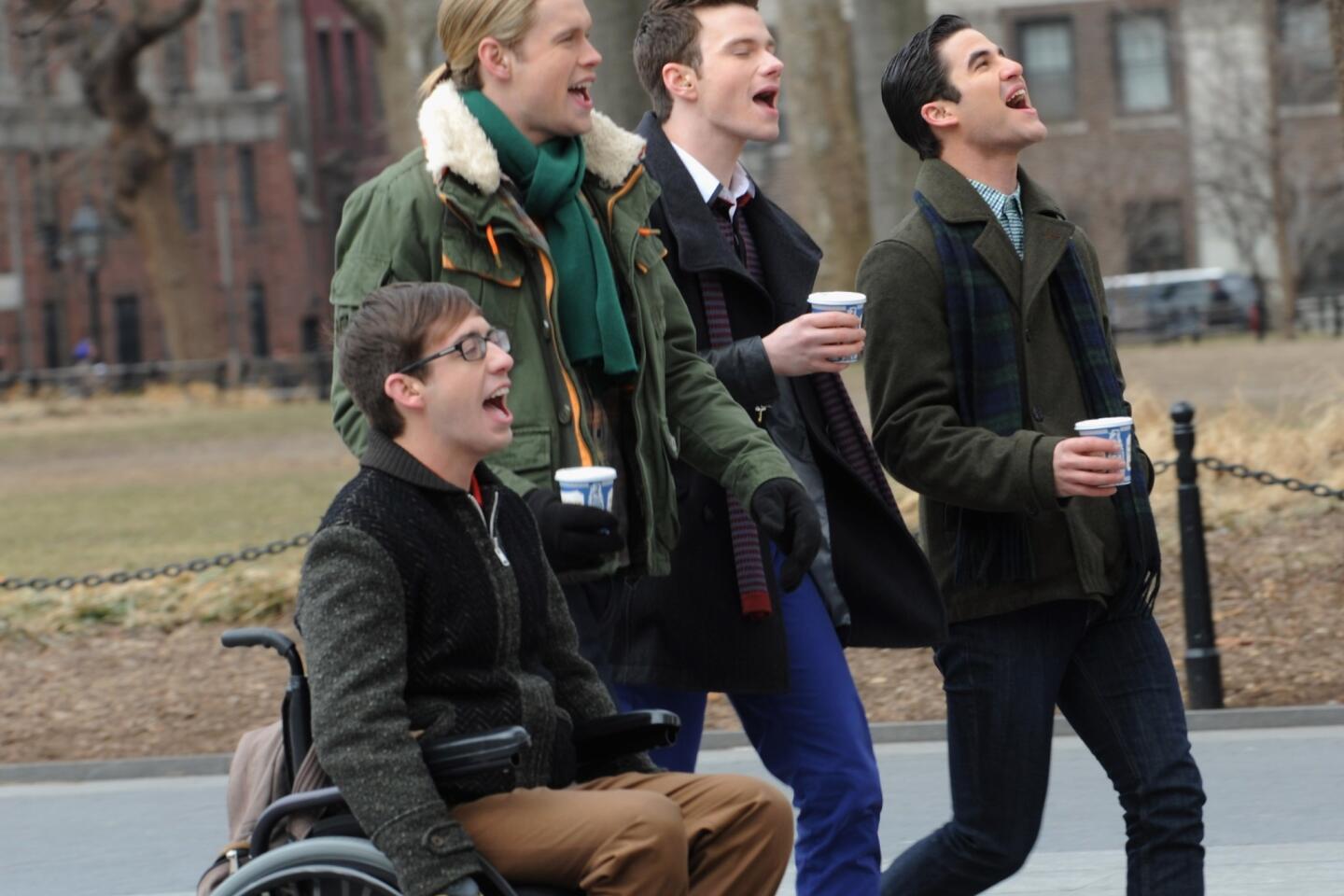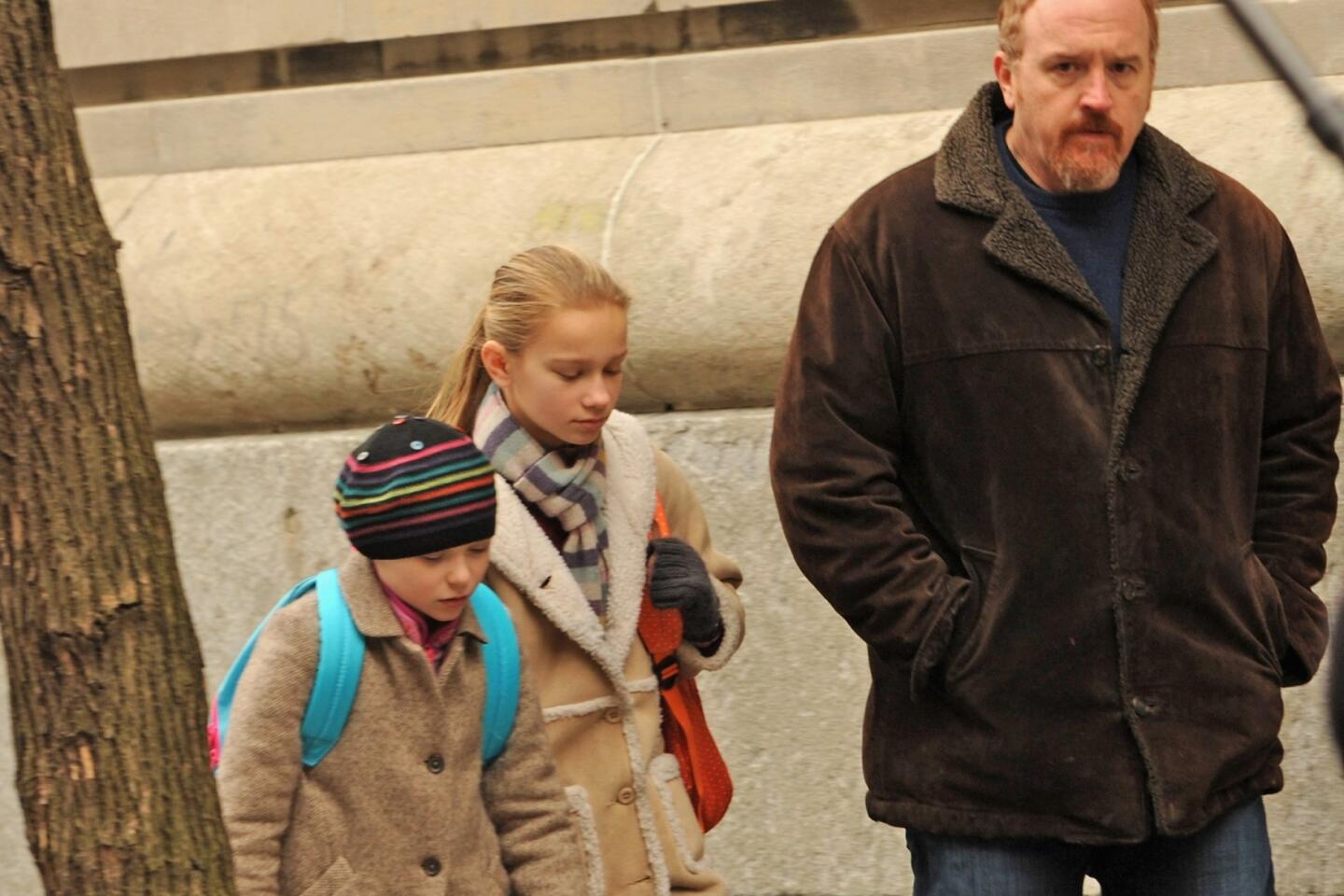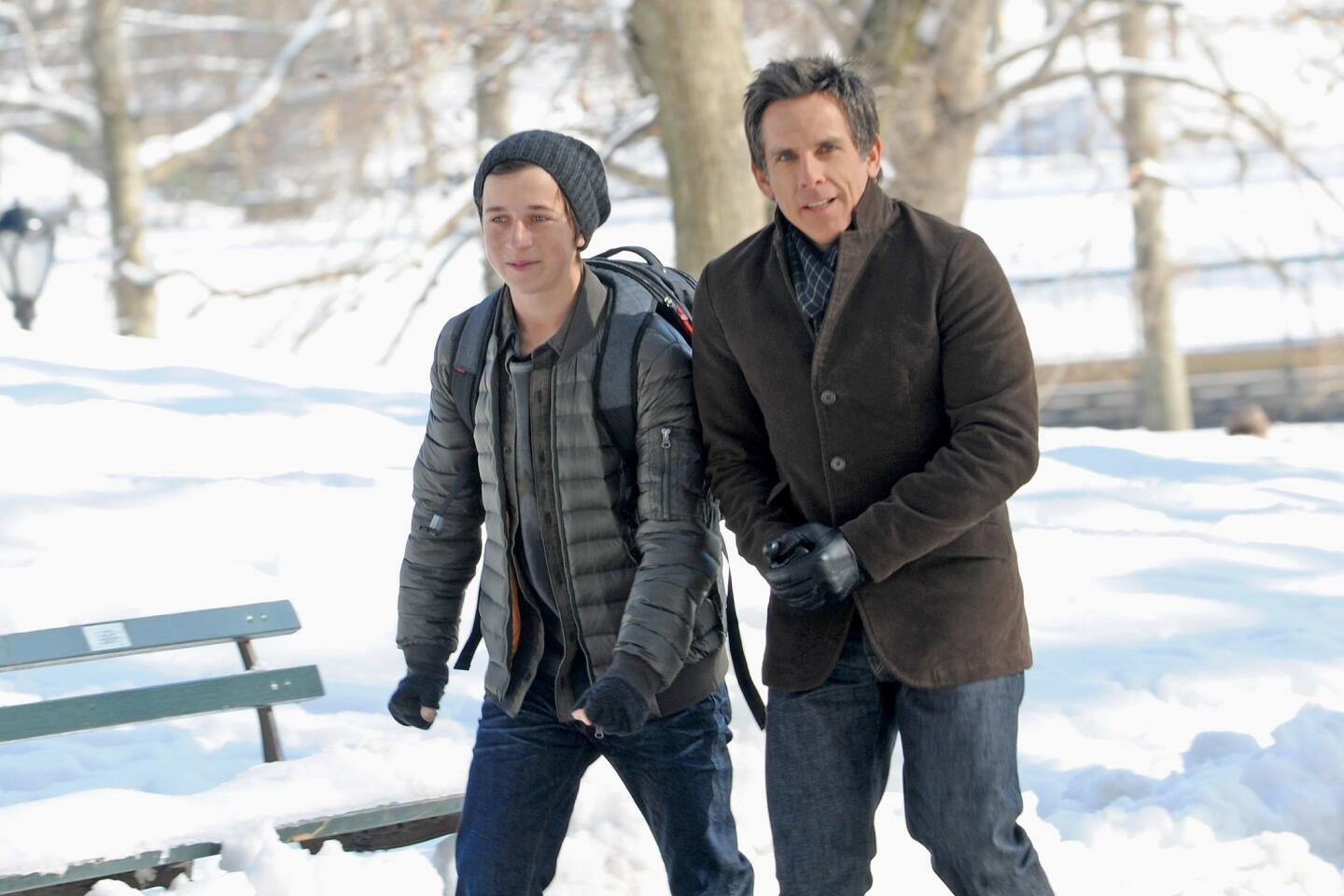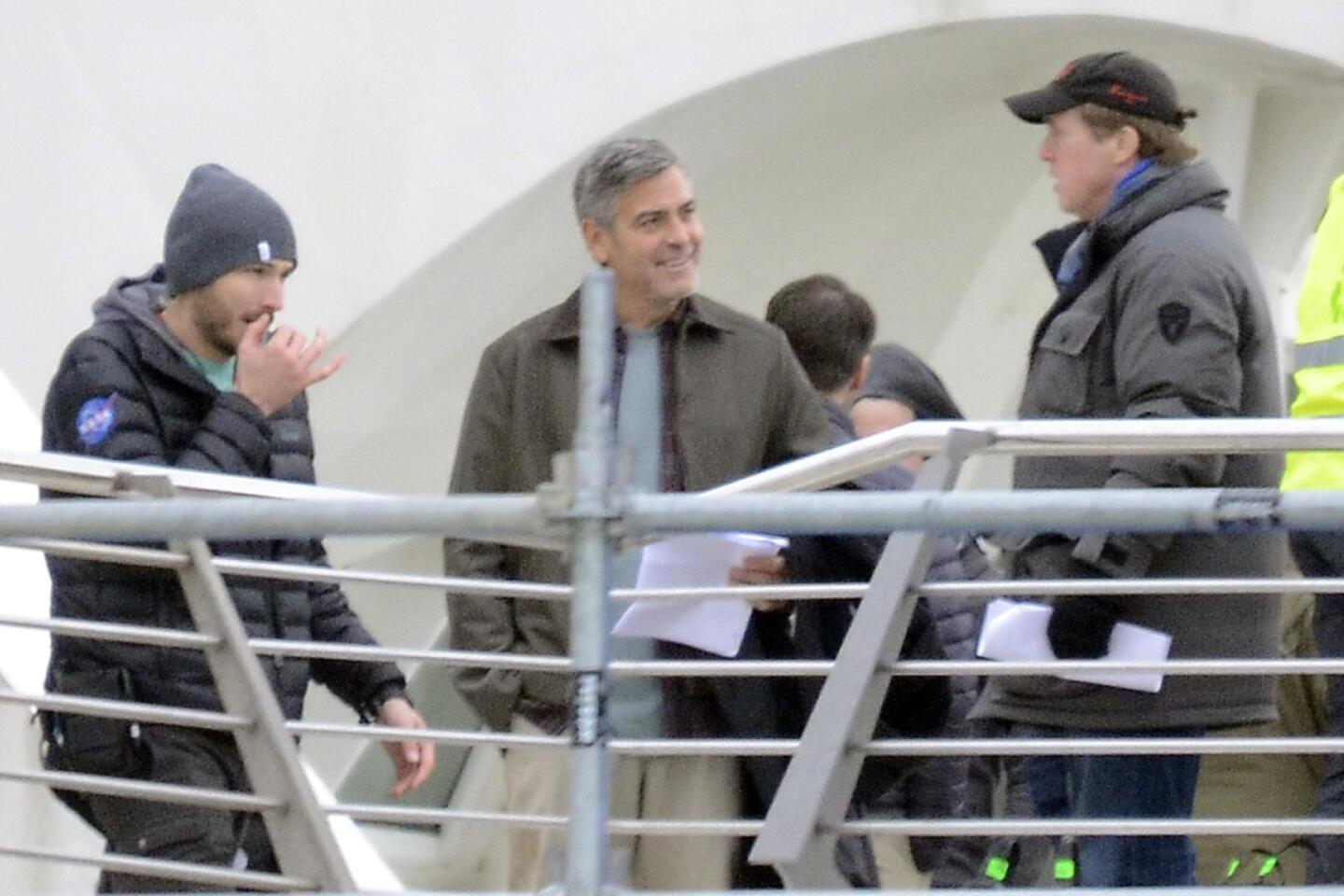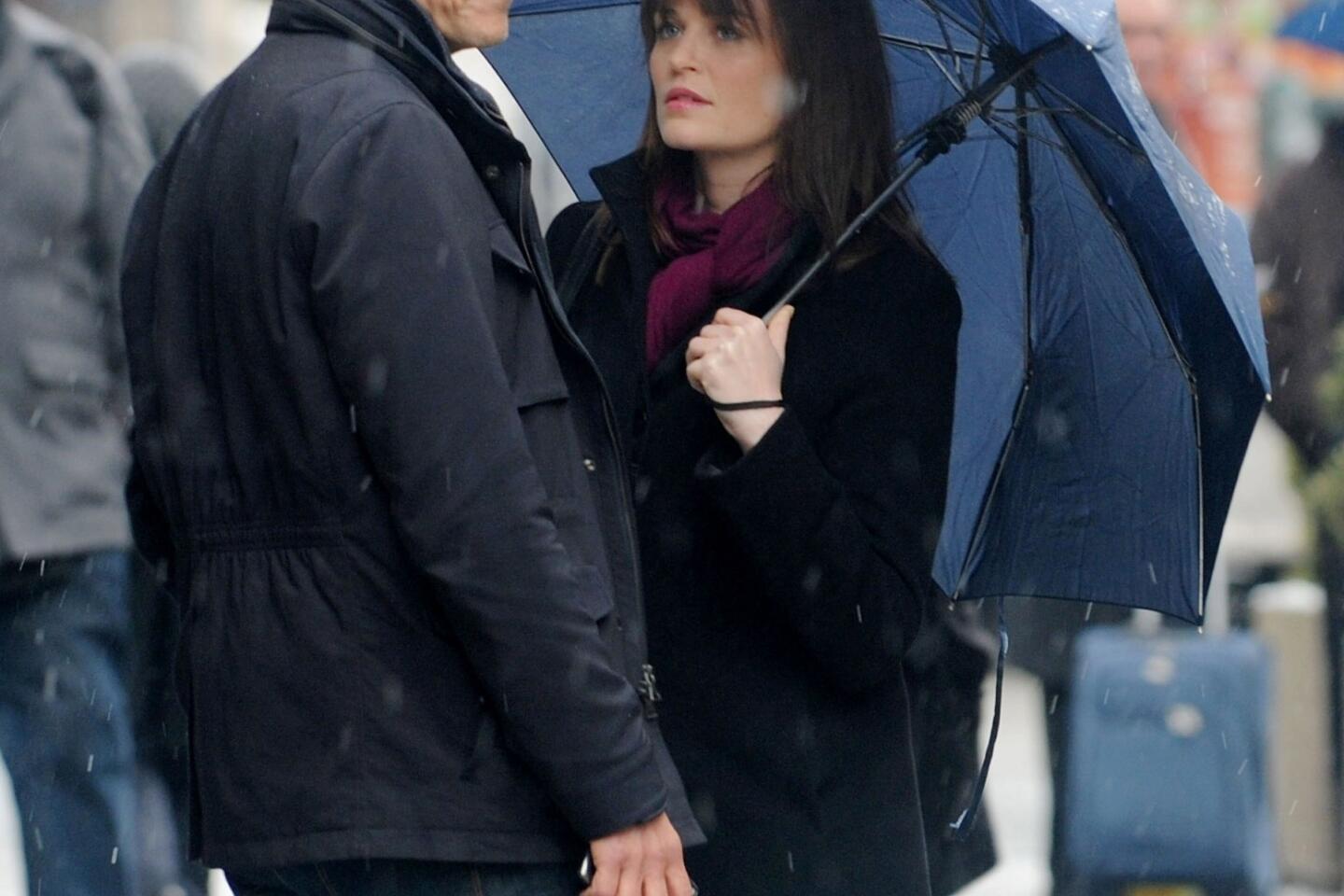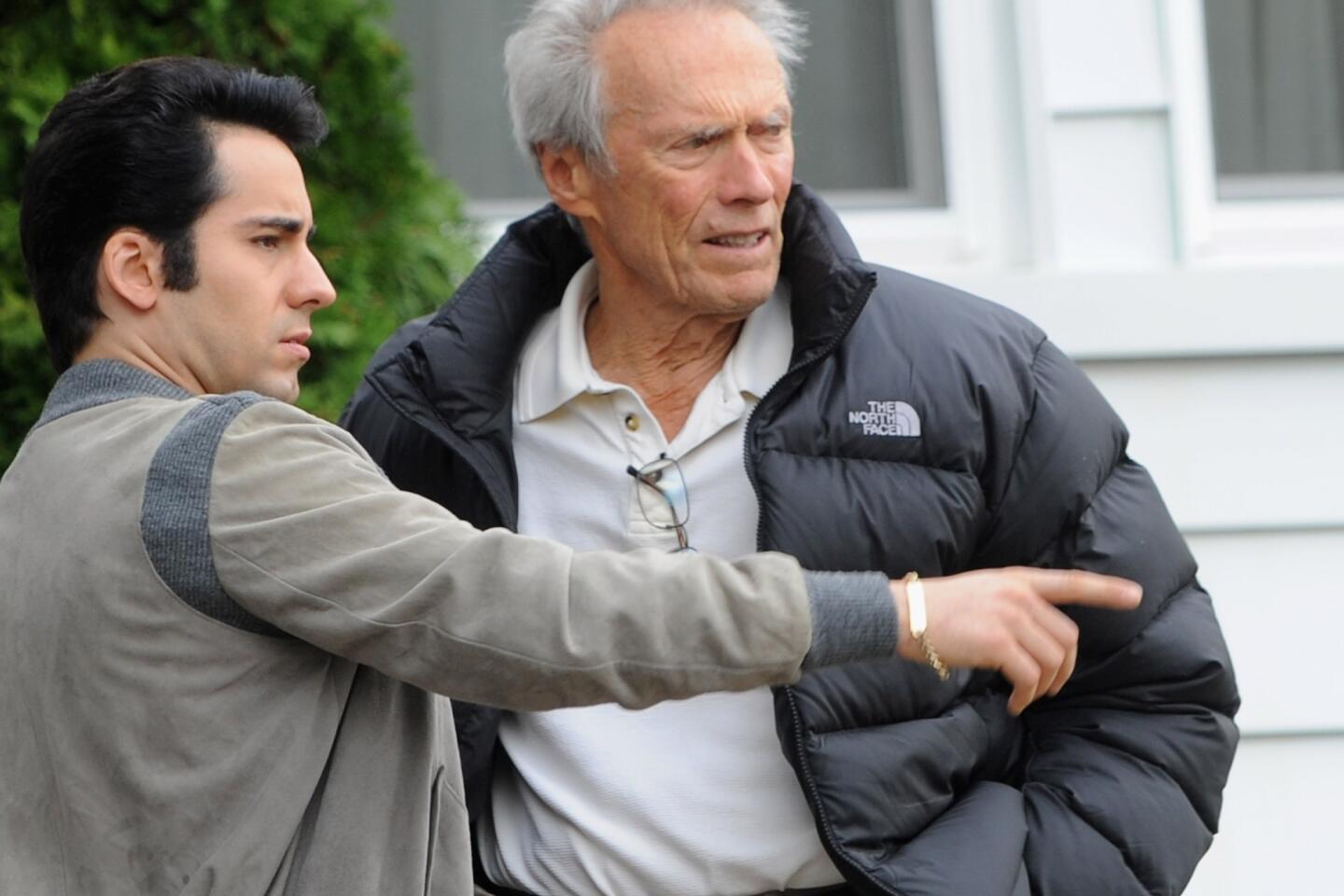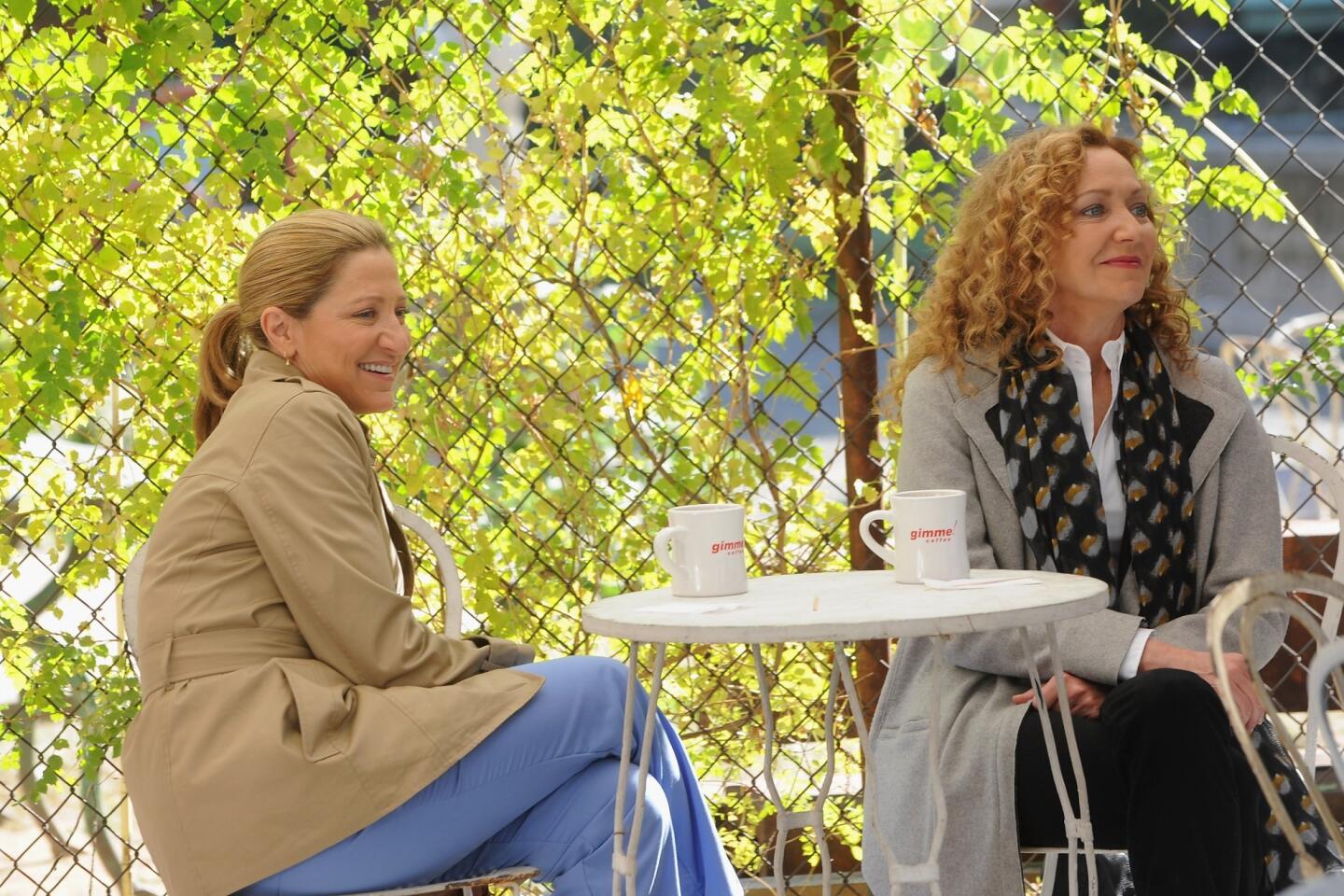Indie focus: Olivier Assayas revisits the tumult of his youth
- Share via
French filmmaker Olivier Assayas has said all of his films have autobiographical elements in them, even if the exact details may be unrecognizable across his wide-ranging body of work. Assayas’ sensitive portrayals of the changes in contemporary life, touching on globalization, technology and personal relationships, led the Austrian critic Alexander Horwath, in a recent book preface, to declare the filmmaker “one of the defining voices in the past quarter-century of cinema.”
“Cold Water,” Assayas’ international breakthrough in 1994 about teenage romance and self-discovery, was the most obviously autobiographical of his films. But the new “Something in the Air” finds the filmmaker returning to the era of his adolescence in the early 1970s, this time examining the broader context of the political and cultural upheaval spurred by the French protests of May 1968. Rather than a simple nostalgia trip, the film also finds resonance that applies to young people today, even if they don’t understand the period political details.
The film had its origins in Assayas’ short memoir, published in 2005 and only recently translated into English as “A Post-May Adolescence.” The French title of “Something in the Air,” now playing in Los Angeles and available on demand May 9, is “Après mai,” (After May), placing it clearly as a movie about aftermath, how people respond to big events and move forward.
PHOTOS: Hollywood backlot moments
“It’s two separate pieces that come from the same place,” is how Assayas described the distinction between the movie and book at the Toronto International Film Festival last fall. “The book tries to make sense of things whereas this film doesn’t really try to make sense of things. It’s in the middle of the chaos, it’s immersed in it.”
Sharing certain character names and events with “Cold Water,” “Something in the Air” picks up with a demonstration in Paris in 1971 as it follows young Gilles (Clément Métayer), a high school student who wants to be a painter but finds himself increasingly wrapped up in student protest and radical filmmaking. A romantic Parisian, he finds himself drawn between the ethereal free-spirit Laure (Carole Combes) and the more grounded and politically committed Christine (Lola Créton).
With a tender clarity, the film shows Gilles grappling with the demands of maturity while struggling to maintain his idealism. He eventually finds himself working as an assistant on a genre film in England. A young Assayas worked as an editing room trainee on the first Christopher Reeve “Superman” film at England’s Pinewood Studios.
MORE: Spotlight on Indie Focus
With its autobiographical touches, “Something in the Air” might seem a small personal film made in response to the geopolitical sprawl of Assayas’ 2010 mini-series “Carlos,” which won a Golden Globe and was nominated for two Emmys. Assayas initially set out to make sense of the same time period covered by “Carlos” from his own perspective. Then the scope of “Something” — with its multiple characters and story moving from France to Italy to England — seemed to grow until it became something of a personal epic.
“That’s not the way I planned it,” said Assayas, who at 58 still has an energetic curiosity and enthusiasm. “I thought I was making this tiny film with teenagers and every single day while I preparing the film it was growing and growing. I had started from this place, which was of course this kind of look inside of myself and using my past as a reference point, but somehow once I started transforming it into a film it became the story of my generation.”
With the exception of Créton, who had starred in the 2011 coming-of-age drama “Goodbye First Love” (directed by Assayas’ partner Mia Hansen-Løve), the cast is made up of inexperienced, nonprofessional actors. Early on, Assayas had to try to explain to his troupe of contemporary youth the intricacies of the political philosophies that ruled this earlier era.
Behind the scenes: Classic Hollywood
“They had a hard time understanding, I must say. They did not really get the politics,” he said. “If you try to explain to someone the small nuances of Trotskyism or the nuance of Marxism, the internecine wars between all these small leftist groups, the person would think we were crazy. It’s something you can’t even begin to grasp. No one gets it.”
Cinematographer Eric Gautier has collaborated with Assayas many times, including the film about filmmaking “Irma Vep,” the addiction and recovery story “Clean” and the drama of family and legacy “Summer Hours.” For “Something in the Air” the production’s shooting style was structured with the cast of nonprofessional actors in mind, Gautier working with the smallest possible crew and keeping the lighting as simple as possible. The idea was to create an environment that would not be intimidating to the inexperienced young performers.
“Olivier will always try to find a new way, a new method of working,” said Gautier in Los Angeles. “We knew because they had no technique, the reality we can grab with the camera would be something very fragile, that will never happen again, one moment and then we lose it forever.
PHOTOS: Celebrity portraits by The Times
Gautier said that he and Assayas wanted the film to seem a mix of period detail with a more up-to-date feeling. Shooting on 35-millimeter film with vintage lenses gave the images a flare and softness that seemed appropriate for the period. “The way we used the camera is very different from the way it was used at the time,” he said. “It’s a today movie.”
This idea of the film having resonance and meaning for young people today, that it not exist as some exercise in nostalgia or simple history lesson, was important to Assayas. The spirit of upheaval and renewal that the film looks to capture, along with a sense of maintaining ideals while moving forward in the world, is one he still sees existing today.
“The Pussy Riot girls — a few girls scare the all-powerful president of Russia?” Assayas said of the jailed group of Russian musicians and social activists. “It gives you a sense that with tiny tools you can have an effect on the world. That for me is a message of hope.”
More to Read
Only good movies
Get the Indie Focus newsletter, Mark Olsen's weekly guide to the world of cinema.
You may occasionally receive promotional content from the Los Angeles Times.
